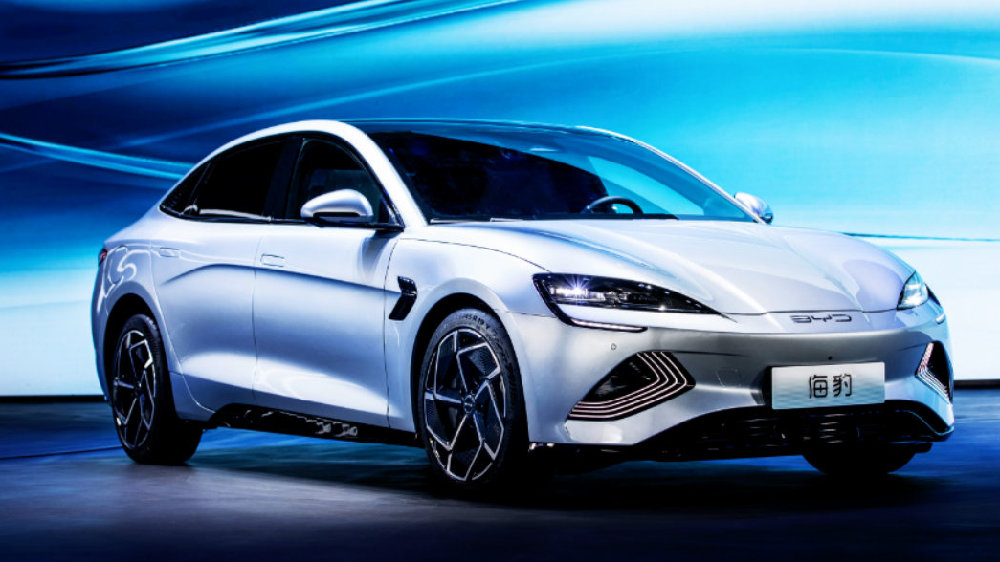As the main force of BYD’s continuous efforts in the pure electric field, Sea Lion has attracted great attention from the market. Not to mention the miraculous sales record of breaking 20,000 orders in just 6 hours and nearly 50,000 units in 2 days, the popularity alone has already set a sales record in the pure electric vehicle field. Particularly noteworthy is that domestic independent brands, especially those priced between 21-28, seem to have achieved such high sales in a short period of time for the first time, so adding a sentence of “YYDS” [meaning “fantastic” or “amazing”] is not at all exaggerated.
From “Hot Discussion” to “Hot Sale”, what did Sea Lion do right?
These days, I have been thinking about what has created Sea Lion’s successful transformation from “Hot Discussion” to “Hot Sale”? Is it the leading CTB battery? The ultimate performance? Or the surprising price positioning? It seems that none of them are certain, after all, there seem to be competing products to share the market in these areas. Then why is Sea Lion’s performance so outstanding?
When I was puzzled, I suddenly saw a description of the animal Sea Lion on Baidu Baike [a Chinese encyclopedia], and it seemed that I had found the answer:
“The streamlined body of the sea lion turns its limbs into fin-like shapes, with ears becoming very small or atrophied to only two holes that can be opened and closed while swimming. The sea lion has a thick layer of subcutaneous fat to keep warm and provide food reserves to produce buoyancy.”
If you look closely at the text above, after each sentence, it describes how Sea Lion precisely adapts to its environment:
“The streamlined body of the sea lion turns its limbs into fin-like shapes” – suitable for swimming in water
“ears becoming very small or atrophied to only two holes that can be opened and closed while swimming” – able to hear sounds on land and swim in water
“has a thick layer of subcutaneous fat to keep warm and provide food reserves to produce buoyancy” – solves energy storage and attitude solution in static situations
…
Isn’t it amazing when you think about it? The wonders of nature have actually carved out such a biologically species that precisely fits the polar environment. Similarly, in the Sea Lion of new energy vehicles, BYD, which has focused on new energy for many years, took on the role of “magic hands” and carried out a customized “standard” tailored to the Chinese market!
Responding to public concerns, power batteries evolve again
The core of new energy vehicles lies in the power battery, which is also the biggest difference between new energy vehicles and traditional vehicles. However, due to the safety issues brought by power batteries and the occurrence of some spontaneous combustion events, new energy vehicles have become the focus of attention of various automobile news media. The biggest problem with new energy vehicle spontaneous combustion lies in the safety of power batteries. On this point, BYD’s “Shipman” does not shy away and speaks out loud: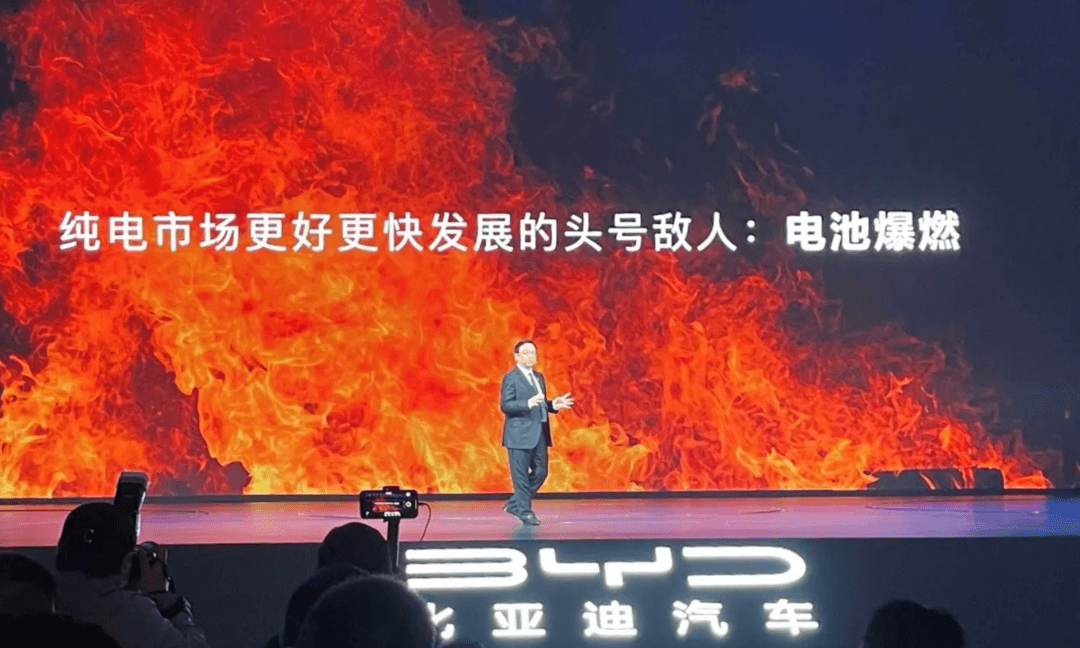
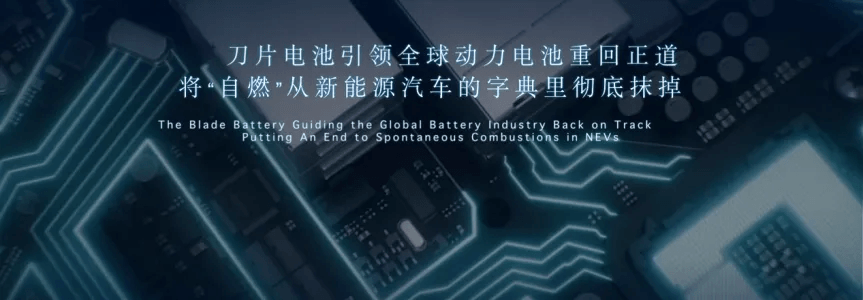
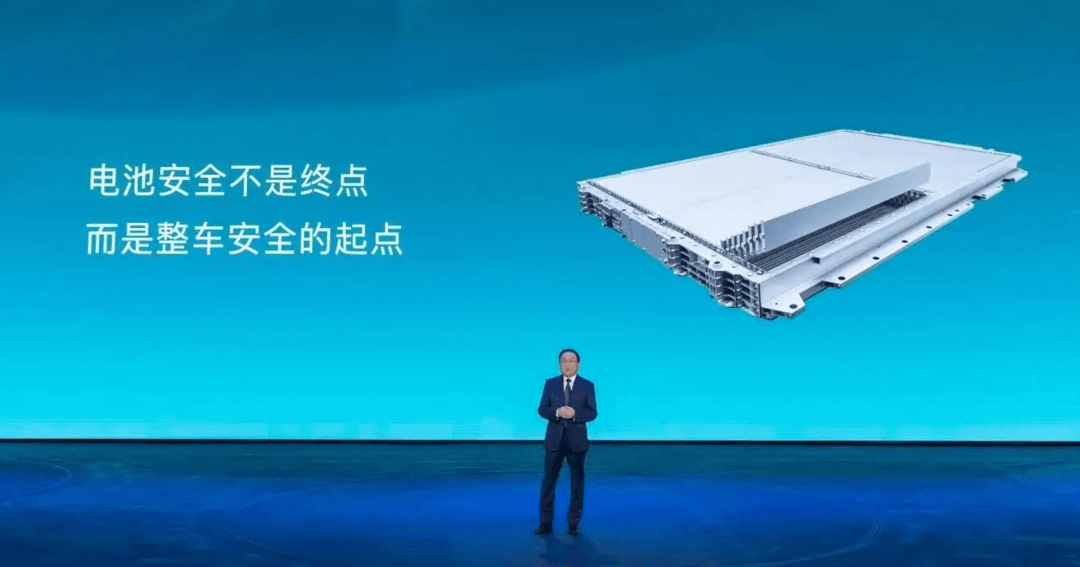
After reading the three pictures above, I would like to summarize the following three points:
-
The thermal runaway of power batteries is the biggest enemy for the development of new energy vehicles.
-
Thus, BYD has developed blade batteries, which solve the problem of thermal runaway in the battery field.
-
Having solved the battery safety problem, BYD continuously delves into technical research and development in the field of overall vehicle safety, and concerns about a larger scope of safety.
In fact, although batteries are important, they are only a part of the entire vehicle. The real safety lies in the overall vehicle safety. So what kind of hardcore technology has BYD developed for overall vehicle safety?
CTB Battery Technology
This technology is not easy for the general consumers to understand, and it is very easy to confuse it with CTP technology. Of course, there are many explanations in the academic field. Here, I will give a simple analogy that makes it easier for everyone to understand:
-
Power batteries mainly include a shell and core, just like a bag filled with size 5 batteries. In the early days, the technology was to put several batteries in a box, then put several boxes in a case, then put the case into the car chassis, and finally cover the upper and lower covers of the chassis. That was it.
-
In the CTP era, through technological research and development, the battery became safer, so there was no need for another box anymore. We put the battery directly into the case, then put the case into the car chassis, and finally cover the upper and lower covers of the chassis. That was it, and the space of these boxes could store more batteries.
-
In the CTB era, the battery is now too safe to even need a case, so we add some accessories to the battery, directly install it into the chassis, and finally cover the upper and lower covers of the chassis. That’s it. Now both the space of the boxes and cases are saved, and more batteries can be installed.
Through the above explanation, you should have a clearer understanding of this technology. In the description above, the words “safety” and “more batteries” are mentioned the most. These words actually respond to the two core concerns of Chinese consumers regarding new energy vehicles, which are “thermal runaway” and “endurance”.
It can be said that in 100% of consultations with sales consultants for new energy vehicles, the first question asked by Chinese consumers is:>How far can this car run? Will the battery catch fire?
Few consumers care about such questions:
What chip is used for the ADAS system? How exactly are the LCC’s cornering ability and perception ability?
This is the reality of our country, and it is also the core issue that our consumers are most concerned about regarding new energy vehicles, and the biggest pain point that new energy vehicles have left for consumers. Facing this “puzzle”, BYD, a top student in STEM fields, has been continuously answering questions about power batteries, showing the style of a “special zone problem solver”. Moreover, every answer from BYD hits the consumer’s pain point.
CTB battery technology directly puts high-safety blade batteries into the chassis, allowing the chassis to no longer make mechanical and spatial compromises for the battery box, re-optimizing the strength of the entire chassis, and forming a sandwich structure of upper cover, blade battery, and tray for the entire vehicle. The structural strength of the battery system has made a breakthrough and empowered the safety of the vehicle. Because the blade battery uses lithium iron phosphate material, which has a higher ignition point, theoretically, self-ignition is hardly possible.
However, is there any risk to the battery or even the entire vehicle in the event of compression or collision? In fact, the CTB battery system is both an energy body and a structural component, and it can withstand the crushing of a 50-ton heavy-duty truck. Thanks to the CTB technology, the body torsional stiffness of the BYD Dolphin has reached 40,500 Nm/°, which is comparable to that of million-dollar luxury cars. As can be seen from the table below, the body torsional stiffness of the Dolphin has already surpassed that of the Rolls-Royce Phantom. The difference is obvious. The safety of the Dolphin is also very apparent.
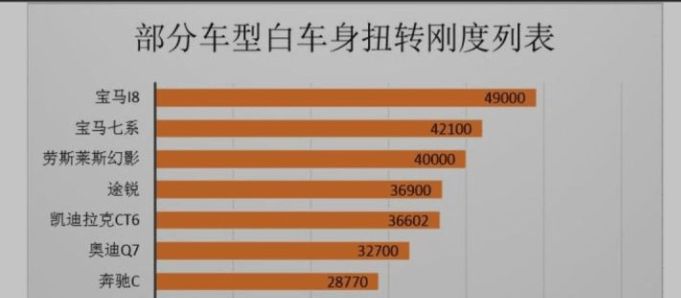
Of course, CTB technology also provides better space utilization efficiency. Compared with traditional structures, the height of the Dolphin body has been reduced by 15mm while maintaining the same net height of the car interior, and the overall height of the vehicle is equivalent to that of traditional luxury sports mid-size cars. The lowered overall shape of the Dolphin greatly improves the aerodynamic performance and visual effect.
Respond to the Essence of Cars and Challenge the Field of Handling
It is obvious that BYD has its own thinking about the automotive business. Although many independent brands are vigorously advancing in the field of intelligence, surpassing traditional luxury brands in many aspects of experience, there are still controversies, such as “intelligence is only an accessory and not the core soul of the car” because “cars are made for driving”.
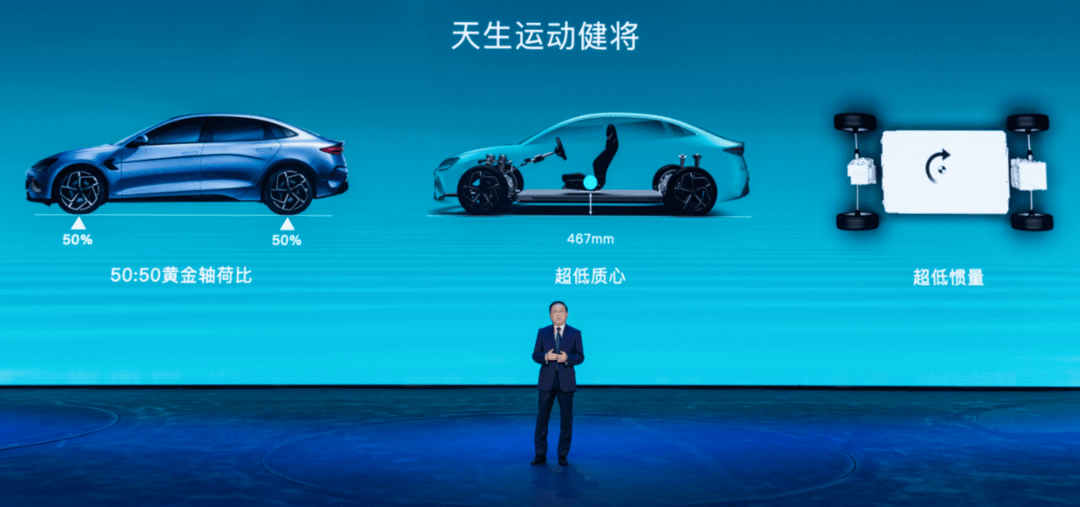 Actually, it is very difficult to surpass the advantage of handling of imported luxury brands, because these brands have accumulated more than hundreds of years of experience in chassis calibration and other adjustments for vehicles, which can be called the masters in the industry. Moreover, due to their leading technology and abundant experience, global automakers are willing to send their vehicles to them for calibration, leading to a positive cycle of the strong becoming even stronger.
Actually, it is very difficult to surpass the advantage of handling of imported luxury brands, because these brands have accumulated more than hundreds of years of experience in chassis calibration and other adjustments for vehicles, which can be called the masters in the industry. Moreover, due to their leading technology and abundant experience, global automakers are willing to send their vehicles to them for calibration, leading to a positive cycle of the strong becoming even stronger.
However, today’s uprising of new energy vehicles has created some cracks in this trend, and that is the revolutionary change in new energy power. The motor replaces the fuel engine, and the power battery pack replaces the fuel tank. A completely new driving method has emerged, and in the new situation of electric control, the experience of fuel vehicles has been greatly weakened. In this situation, what kind of answer has BYD, known as the “homework doer” in special zones, handed in?
iTAC Intelligent Torque Control System
This is another term that is super unfriendly to ordinary consumers. It’s really difficult for those not familiar with science and engineering. In simple terms:
-
Previously, to control torque, our cars mainly relied on wheel speed for control, such as dividing the wheel into 32-48 collection points to control torque.
-
In the era of electric vehicles, things are different. There is actually a correlation between the speed of the motor and the speed of the wheel end. By dividing this relationship, we can divide the wheel end into 4000+ collection points, improve the recognition accuracy by more than 300 times, and predict the trend of the wheel speed change in advance by over 50ms to adjust the vehicle’s motion state earlier and achieve extremely rapid and precise recognition.
-
In summary, it can reduce wheel slip, increase the maximum limit, and provide a more comfortable driving experience.
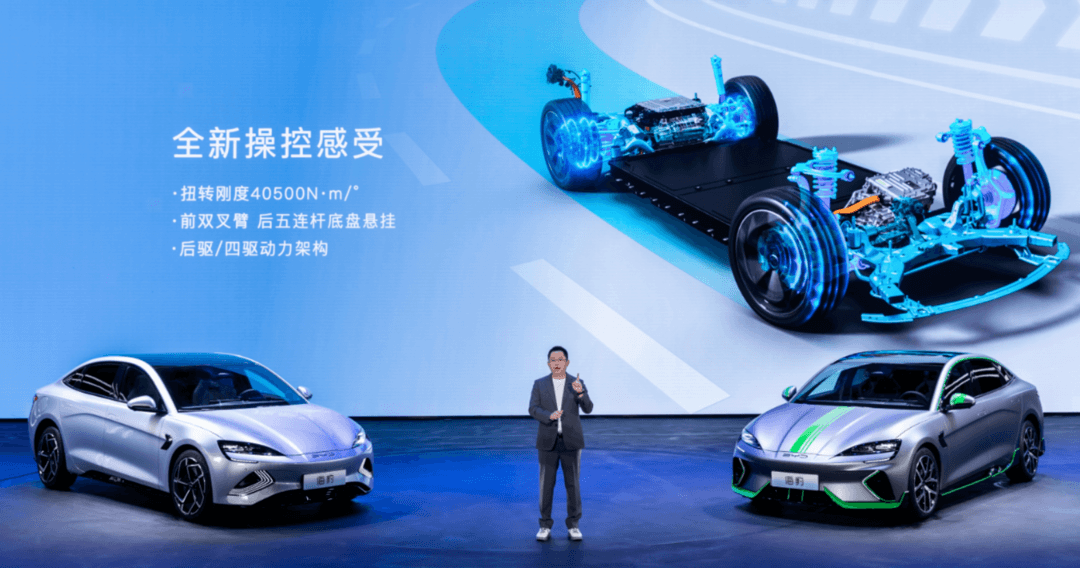
Of course, it’s not just torque control technology that adds color to the extreme handling, including high-stiffness body, front double-wishbone arm, rear five-link independent suspension structure, 50:50 perfect axle load ratio, Bosch DP steering system, and electronic control braking system. After saying so much, we still need to look at the actual handling experience. According to the data released by BYD, the handling performance of Hai Bao is impressive:
-
Moose test: 83.5KM/H
-
Single-line shift test: 133KM/H
-
Constant-radius turning: 1.05g
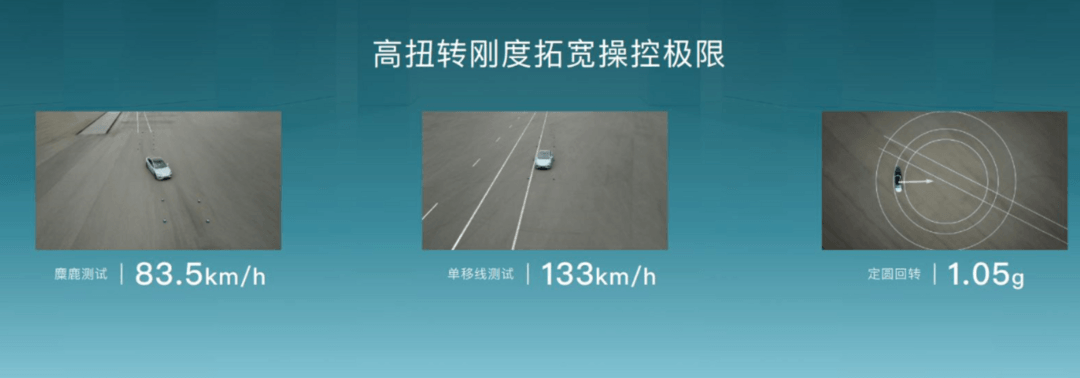
To understand how good these scores are, let’s compare them with other models:See the most common elk test released by Teknikens Varld, the world’s first institution to conduct such tests, and it seems that there is no performance surpassing that of the sea lion. Especially when facing well-known sports cars like BMW M3, the sea lion has a significant lead.
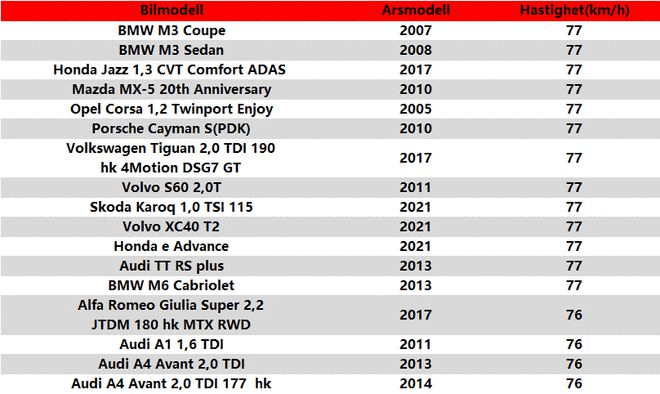
As for the single-line test and the fixed-circle test, direct comparison is not possible due to the lack of information about the testing ground. However, judging from these results alone, the sea lion’s performance is quite impressive. Even searching for similar test videos on minor websites, there are not many cars of the same level that can achieve such results.
Therefore, in this import luxury brand-dominated field that has lasted for hundreds of years, a stranger knocks on the door without the roar of an engine, only the whisper of an electric motor.
“Please open the door, I want to come in. Who says this house belongs to you?”
Responding to intelligent driving and implementing more competitive pricing policies
Intelligent driving is one of the most popular topics in new energy vehicles today. Whether it is “difficult to use but convenient” or “insulting intelligence”, each school of thought has its own opinion. Although I personally support and enjoy intelligent driving, I have to admit that at least currently, the pay rate for intelligent driving is still relatively low, and the number of people who use the system in daily life is even fewer.
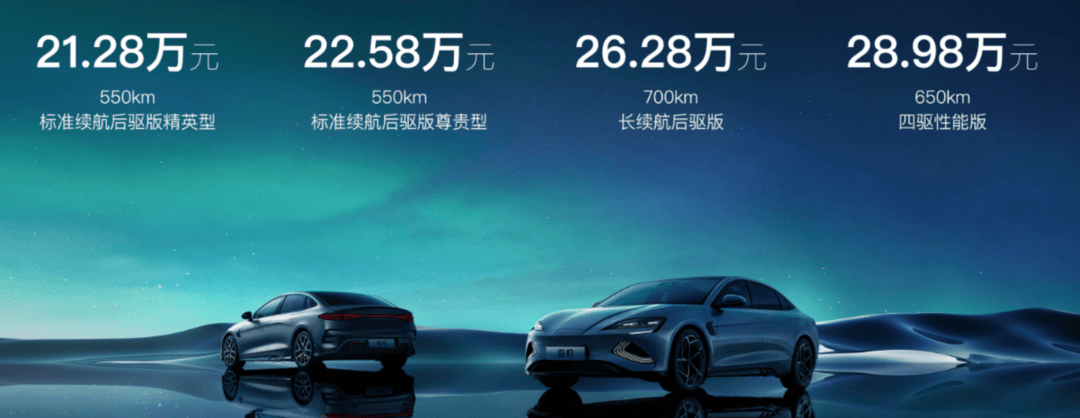
In other words, at present, more people still do not use auxiliary driving systems. Then, with the sea lion, BYD’s answer is that the entire series basically does not have more auxiliary driving functions. This clear definition of thinking helps to better handle model positioning, and avoids the low production efficiency and high production costs that come with having too many models. For example, if there is no lidar hardware, there is no need to have two types of vehicle appearance stamping modes.
 So, Sea Lion has a significant advantage in pricing positioning. The top configuration of Sea Lion 4WD version is almost the same as the basic version of Tesla’s Model 3 in terms of price. However, in terms of various aspects such as endurance, charging (considering peak time and actual effect), space, and performance, Sea Lion has almost surpassed the basic version of Model 3 by a large margin. The shortcoming of intelligent driving is also obvious, but by sacrificing the minimum disadvantage in exchange for a greater advantage, this should be the most amazing “calibration of national conditions” in the success of Sea Lion. We make products based on where the market demand is, and precisely eat up the market increment, letting frontline consumers define their own needs, because they are the ones who are using the products. This is BYD’s “customization”.
So, Sea Lion has a significant advantage in pricing positioning. The top configuration of Sea Lion 4WD version is almost the same as the basic version of Tesla’s Model 3 in terms of price. However, in terms of various aspects such as endurance, charging (considering peak time and actual effect), space, and performance, Sea Lion has almost surpassed the basic version of Model 3 by a large margin. The shortcoming of intelligent driving is also obvious, but by sacrificing the minimum disadvantage in exchange for a greater advantage, this should be the most amazing “calibration of national conditions” in the success of Sea Lion. We make products based on where the market demand is, and precisely eat up the market increment, letting frontline consumers define their own needs, because they are the ones who are using the products. This is BYD’s “customization”.
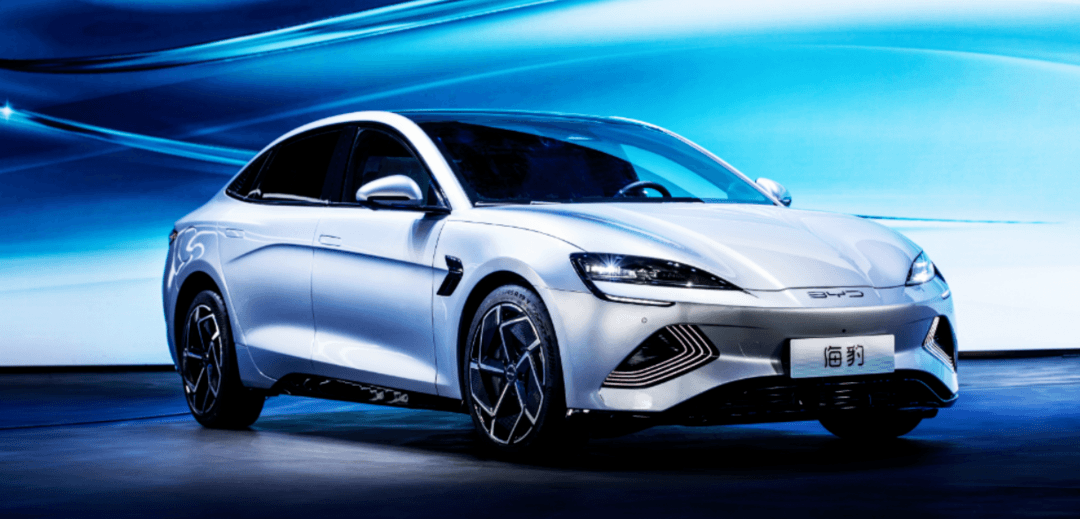
It can be said that Han EV opened the door for BYD’s brand renewal, and Sea Dolphin proved that BYD’s entry into the EV market is correct. Now, the momentum of Sea Lion seems to remind me of two ancient sayings:
“Do nobles and officials have any virtue?”
“Only the ruler and the carpenter have the ruler and the compass in their ears!”
This article is a translation by ChatGPT of a Chinese report from 42HOW. If you have any questions about it, please email bd@42how.com.
